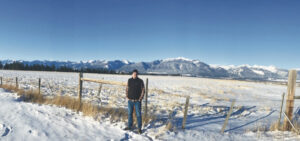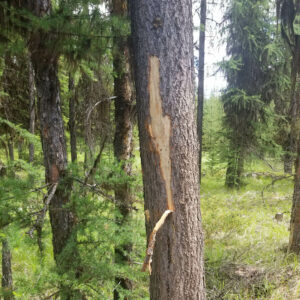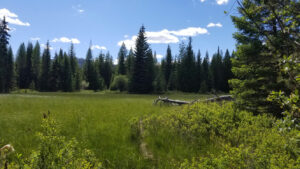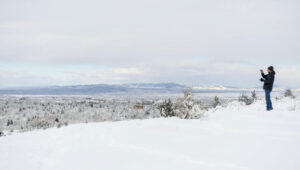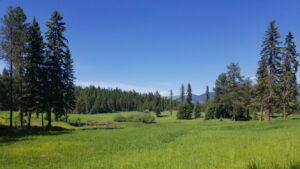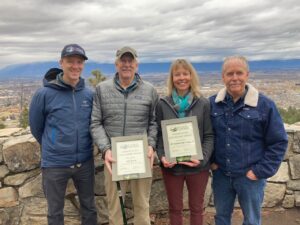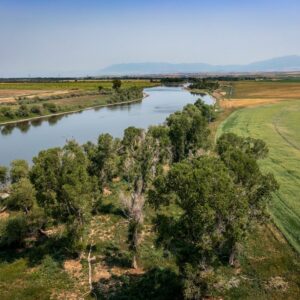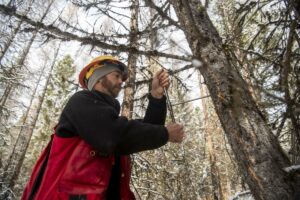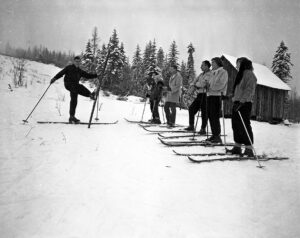Bitter Root Land Trust Executive Director Gavin Ricklefs and Bitterroot Star Publisher Michael Howell recently had a discussion about BRLT’s work and the value of open land conservation, and their conversation generated an article about the history of open lands conservation in the Bitterroot Valley titled Big sky and open space – Bitter Root Land Trust key to preserving it.
The article touches on BRLT’s growth as an organization and its service to the greater Bitterroot Valley, on local landowner stewardship, Farm Bill agricultural easement programs and the NRCS, and perhaps most importantly, the Ravalli County Open Land Program. The article also focuses on the Burnt Fork area of the valley, a focal point in Ravalli County for land conservation.
From the article: “We’ve sure been fortunate that so many landowners have made this decision,” said Bitter Root Land Trust Executive Director Gavin Ricklefs while standing on benchland overlooking the Burnt Fork drainage. “The valley’s going to be better for it.”
The Bitter Root Land Trust has also leveraged a significant amount of federal funding, through the Farm Bill, aimed at preserving family farms, to make the open lands bond fund money go even further. Currently about one quarter of the original $10 million Open Lands Bond remains.
“What’s encouraging to me in times like this, especially in these pulses of activity, is how everybody feels it and the sense that we need to act. People really care about this place and it’s independent of politics, tax bracket, or occupation. There is this thing that we all care about so much. We take that awe and respect for what’s all around us and bring it down to the places we’ve got here that connect us to it,” said Ricklefs.
